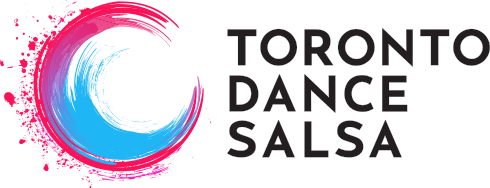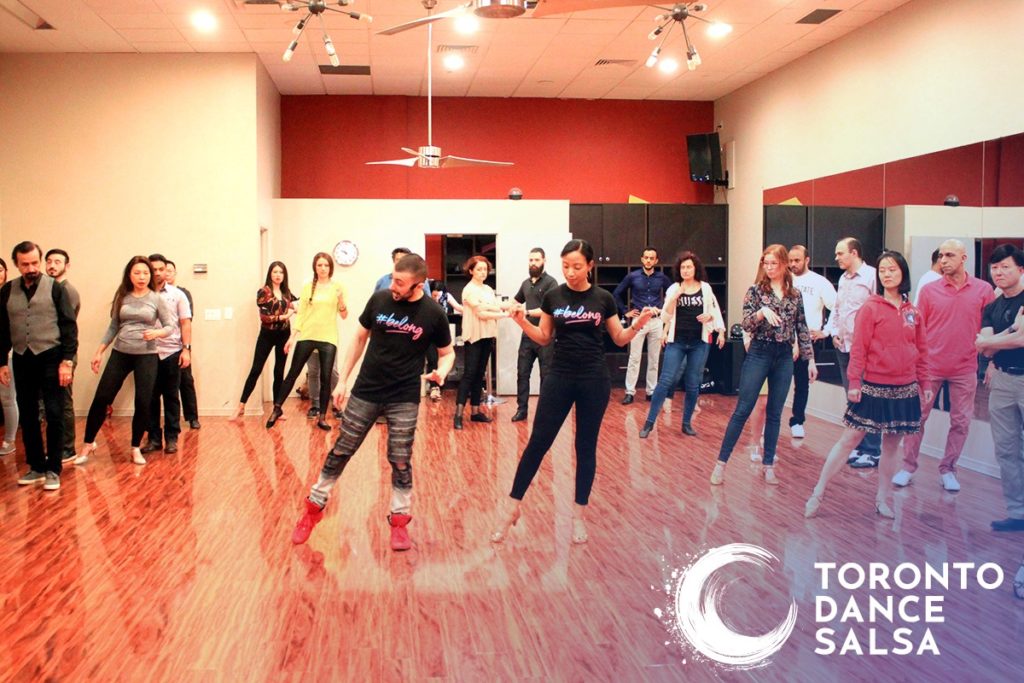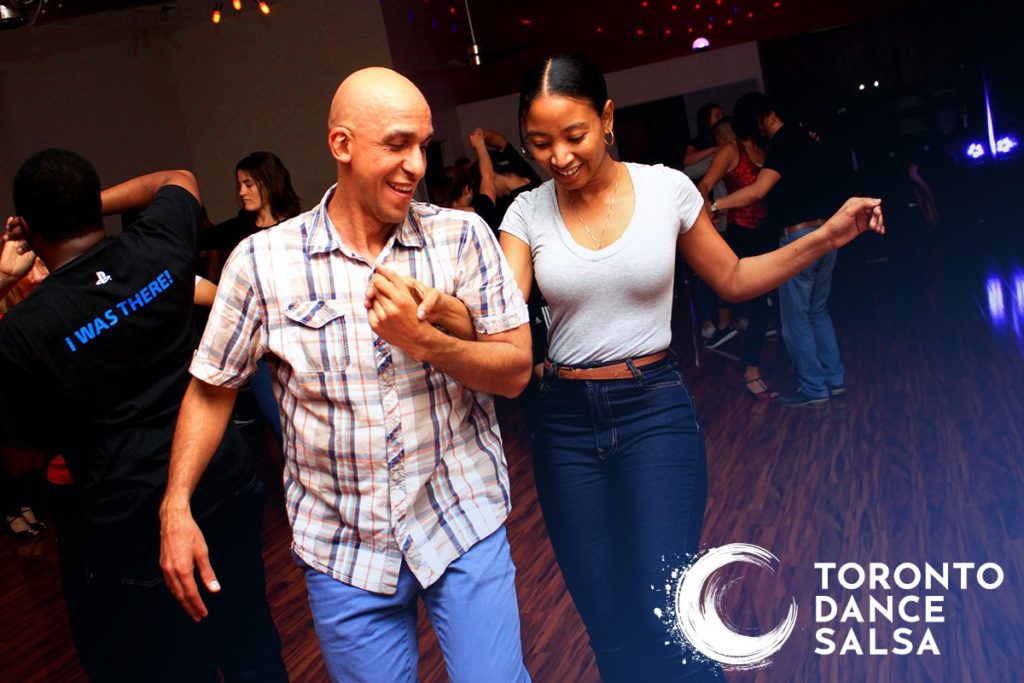IS SALSA DANCE CUBAN?
The important thing is that it is fun. Well, that is not the answer you are getting from me, because if you love something, you want to know what that something is made of. Knowing the heart of the matter is what gives us the right to call it part of us.
Salsa is part of my story. I would listen to and dance to Salsa from a very young age. I remember my first real kiss while listening to “Conciencia” a popular song by Gilberto Santarosa; I know, a bit of personal disclosure here, but the relationship with music can be very personal, and considering that Salsa is close to my heart; I’ll do my best to answer the question about the origin of this musical genre.
My first attempt to answer this question would be to say that Salsa is a living entity with a mixture of influences that originated long before the 60s in New York.
According to my findings, Salsa is one of many byproducts of Colonization in America that originated when African people arrived on the new continent. Despite their suffering, they graced our land with their culture, music and beliefs.
Those early African rhythms were influenced by the exuberance of nature and native people of the Caribbean and also by the Europeans living in the area. This cultural mix was the foundation of what is now known as “Son Cubano.” Thus far, we can say that Cuba is the place of birth of Son Cubano, who later met other Caribbean music genres and started becoming part of the popular culture of the people in the region.
El Son Cubano was considered low-level music only danced by the poor and marginalized social classes in Cuba. The inherent sensuality of the music and how it was danced was deemed to be indecent. No one would ever think that dancers worldwide would work so hard to learn those moves and understand the spirit of this music. Bands such as Buena Vista Social Club, or La Sonora Matancera, are worth to listen as representatives of Son Cubano.
During the first part of the XX century, the radio made popular the Son Cubano, Mambo, Guaracha, Chachachá and Guaguancó. By the second part of the XX century, these musical genres expanded and were adopted with enthusiasm by many countries in South America. Still, the Puerto Rican musicians are considered instrumental in importing this fusion of Caribbean music to the United States, where it gets further influenced by Blues and Jazz shaping the music and the dance the way we know it in the present. An essential addition to the sound palette is the use of brass as part of the instruments used to perform this new rhythm. The term “Salsa” ended up unifying the past and the present of this cultural expression. The city of New York became the perfect place to allow Salso to flourish and become international.
According to Wikipedia, the musician Eduardo Morales defines Salsa as “a new turn of traditional rhythms at the compass of Cuban music and the cultural voice of a new generation. A representation of the Cuban and Hispanic identity in New York.” https://es.wikipedia.org/wiki/Salsa_(género_musical)
There are so many layers behind Salsa’s identity that would require exhaustive research to understand. However, we as dancers can honour its origins by acknowledging its heritage, celebrating its existence, and enjoying every moment of Salsa dance.
The previous statements are made in general terms and in good spirit. They are a recap of the content found in the links below and personal notes.
Sources used and Recommended content:
Love Goes To Building On Fire: Five Years In New York That Changed Music Forever. By Will Hermes.
El son cubano, su origin, historia y evolución; https://www.aboutespanol.com/el-son-cubano-su-origen-historia-y-evolucion-298254
Salsa Genero Musical: https://es.wikipedia.org/wiki/Salsa_(género_musical)
Chan Chan by Buena Vista Social Club Band https://youtu.be/o5cELP06Mik
Several Hits by Sonora Matancera: https://youtu.be/MkCfk3NUsYA
I can’t wait to welcome you to our big family, have you come in week to week, have fun, connect with new friends and let loose to amazing Latin songs. Click here to check our current schedule.
If you have any questions you would like me to answer here are some ways you can contact me: message me on Instagram (torontodanceSalsa), on Twitter (#torontodanceSalsa), on Facebook (Toronto Dance Salsa) or email me at [email protected].


